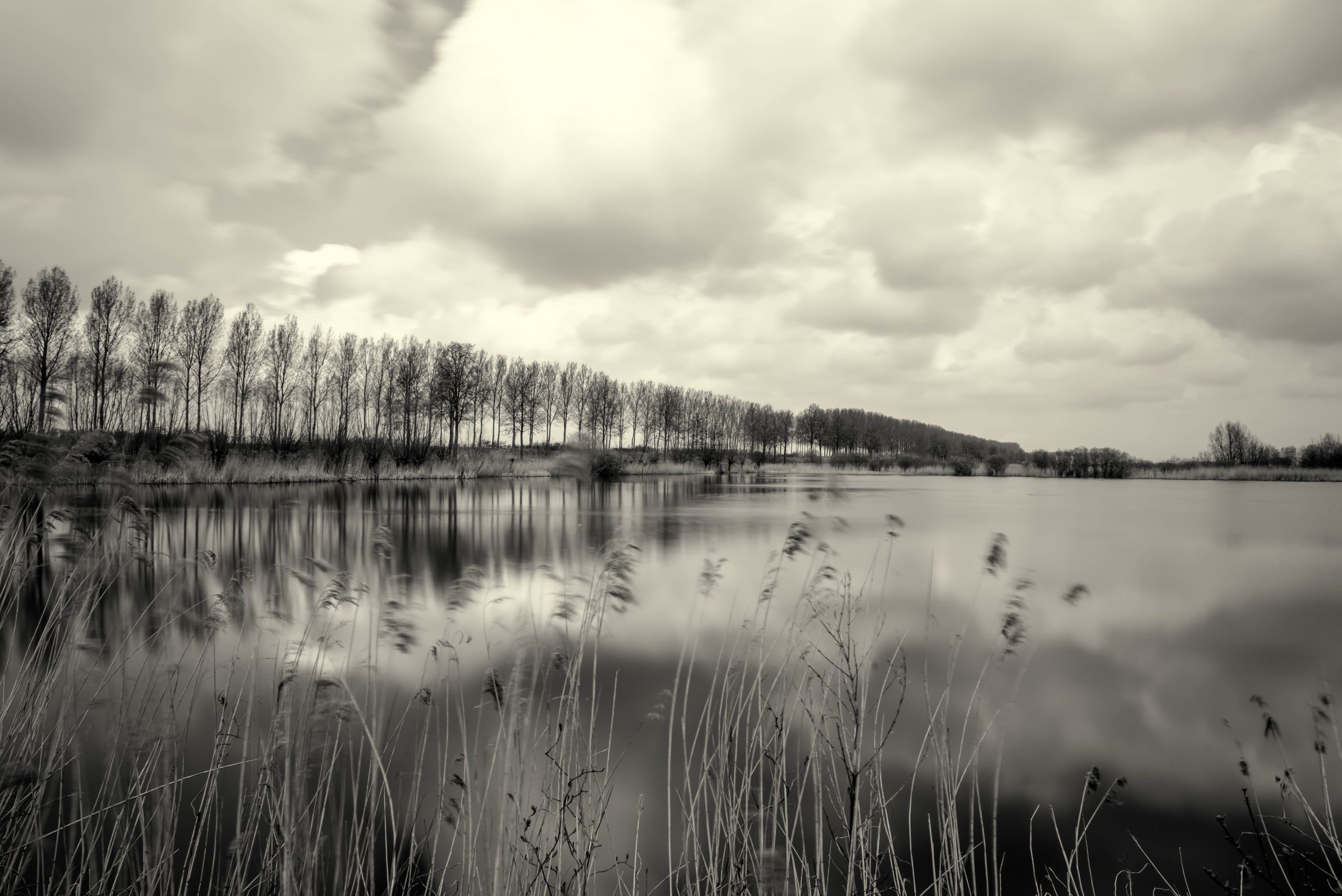Backpacking water filters are often seen as an essential part of a backpacking trip, and with good reason. Not only are they lightweight and easy to carry, they also provide a reliable and effective way to purify and filter backcountry water.
By removing dirt, parasites, bacteria, and other contaminants, backpacking water filters can provide clean drinking water in even the most remote areas.
One of the most popular types of backpacking water filters is the pump-style filter. This type of filter uses a manual or electric pump to force contaminated water through a cartridge which contains tiny pores that trap contaminants. These types of filters are relatively easy to use and can typically filter up to 500 gallons of contaminated water before needing replacement cartridges.
Another type of backpacking water filter is the chemical treatment method. This method uses chemicals such as iodine or chlorine to kill harmful microorganisms in the water before drinking it. While this is generally considered an effective way to purify drinking water, it does require additional steps such as waiting for the chemical treatment to take effect before drinking.
Ultraviolet (UV) light filters are also becoming increasingly popular among backpackers. These types of filters use UV light to kill microorganisms in the water before it is consumed. This method is often seen as more effective than chemical treatments since it does not require additional steps and can be used in any situation where UV light can reach the contaminated water.
Conclusion:
Overall, backpacking water filters are an effective way to purify backcountry drinking water while still being lightweight and easy to carry. With a variety of filtering methods available such as pump-style filters, chemical treatments, and UV light filters, there is sure to be a solution that meets your needs when it comes to finding clean drinking water on your next backpacking trip.
